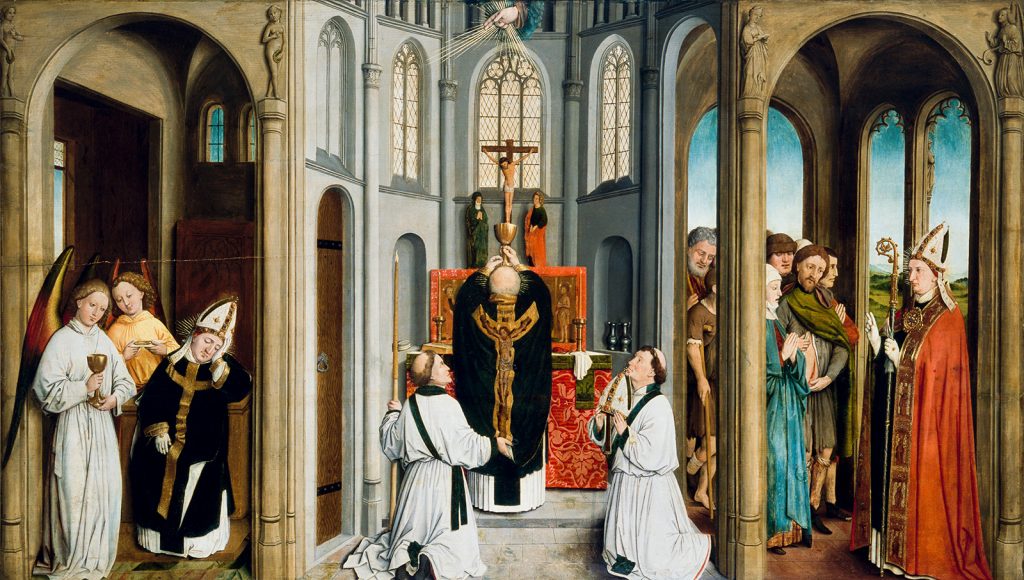The question “How are representations of furniture in medieval visual media processed, i.e. transformed or transferred from one medium to another?" is the core of this project.


By religious “wearables" in this project we mean mainly pendants and medals with religious motifs and texts. Within the diversity of the material legacy of religious practices, they are particularly suitable for tracking down mobility as a catalyst of religious currents and ideas.

Depicted Furniture in the Visual Media of the Middle Ages
The question “How are representations of furniture in medieval visual media processed, i.e. transformed or transferred from one medium to another?" is the core of this project.

Ontology of Narratives of the Middle Ages
The project ONAMA – Ontology of Narratives of the Middle Ages – enables the systematic comparison of the structures and building blocks of many narratives in medieval literature and images.

The efforts of Klosterneuburg Monastery and the Habsburgs regarding the canonisation of the Babenberger Leopold III

In medieval and early modern welfare institutions, spiritual and bodily “nourishment” numbered among their most important tasks alongside the provision of accommodation. These institutions, which were often called hospitals, were mostly multifunctional (old age homes, orphanages, institutions for the disabled, etc.), but only in the fewest cases were they already oriented towards caring for the sick.

At the dawn of the modern period, migration processes took on a special religious/political dimension for the Austrian nobility. Under pressure from re-Catholicization, a range of noble families emigrated to territories beyond the influence of Catholic regional rulers.